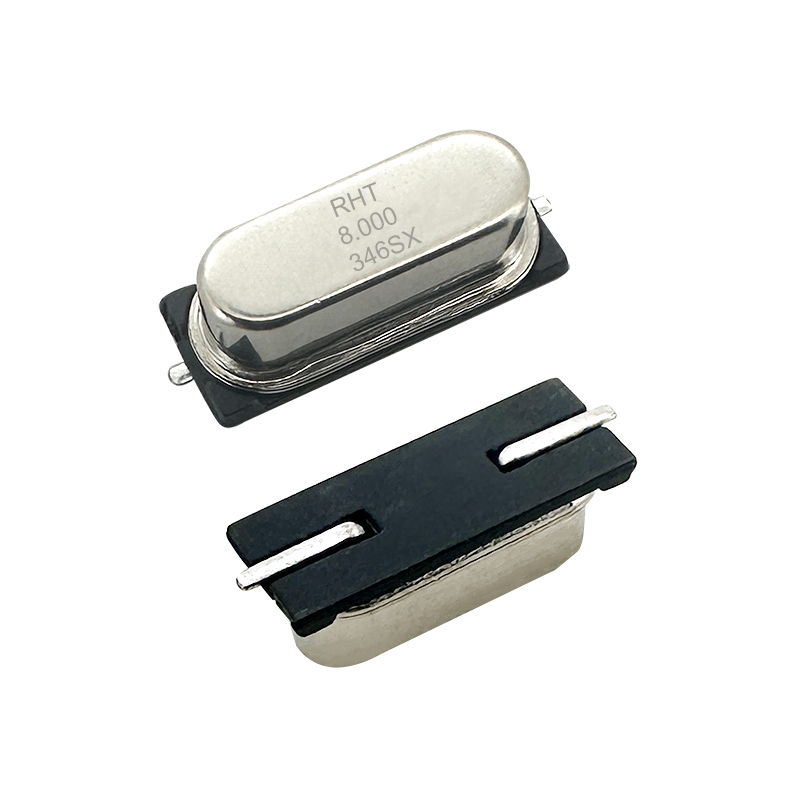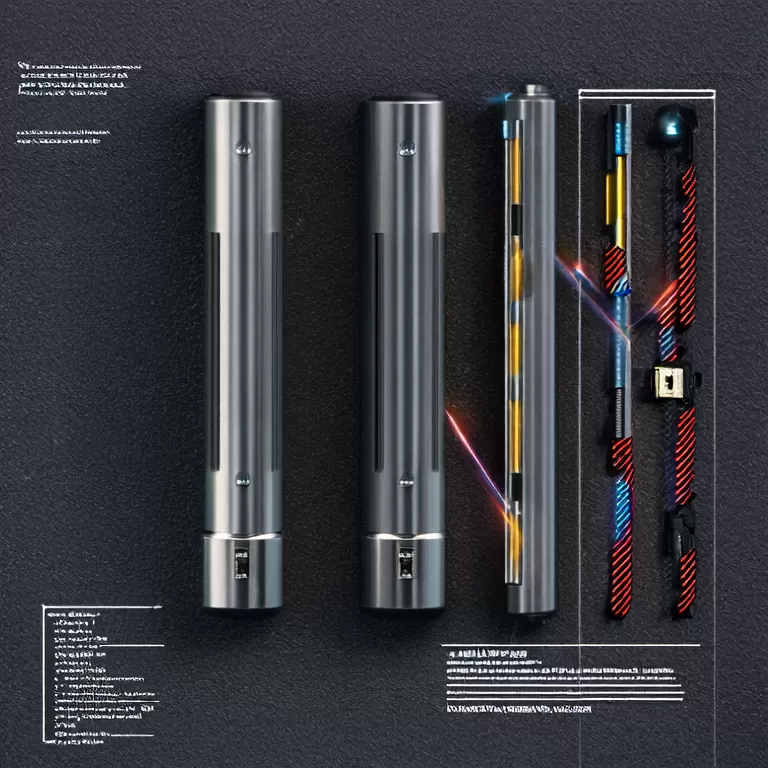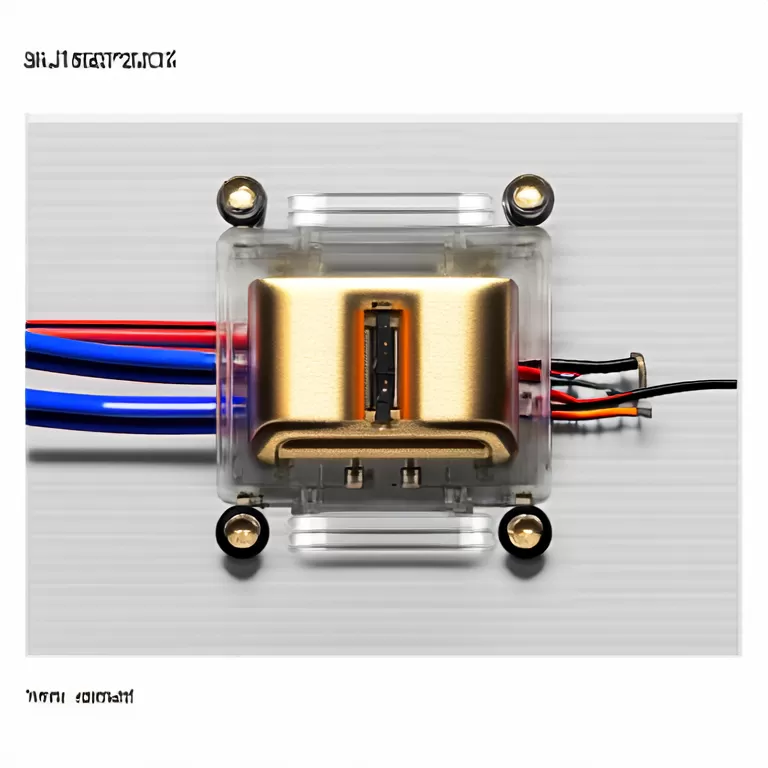- Home
- Products
+
- Connectors
+
- Box Header Connectors & Ejector Header Connectors
- Female Header Connectors
- Male Pin Header Connectors & Mini Jumper Connectors
- IC Socket / PLCC Socket / ZIF Socket Connectors
- Wire to Board Connectors & Wire to Wire Connectors
- IDC Connectors
- FFC / FPC Connectors
- Micro Match Connectors
- DIN41612 Connector
- D-Sub Connectors / D-SUB hood
- SIM & Micro SIM & Nano SIM Card Connectors
- Memory Card Connectors
- USB 2.0 / USB 3.0 / USB 3.1 / Type C / Micro USB / IEEE 1394 / Mini USB Connectors
- DVI Connectors & HDMI Connectors
- Y13 / Y17 /Y21 IP68 Waterproof Circular Connectors
- Circular Connectors
- SATA Connectors
- Audio Connectors
- Terminal Blocks
+
- PCB Terminal Block Rising Clamp
- PCB Terminal Block Wire Protector
- Pluggable Terminal Blocks
- Screwless-Spring terminal blocks
- Barrier Terminal Blocks
- Reflow Solder LCP Housing Terminal Blocks
- Fuse lighting terminal blocks
- Feed Through Terminal Blocks and Box
- Miniature Rail-mounted Terminal Blocks
- Insulated terminals
- Non-insulated terminals
- Solder terminals for PCB mount
- Switches +
- Crystals / Oscillators / Resonators +
- Transformers +
- Ethernet Connectors +
- RF Connectors +
- Sound sources +
- Latching Relay +
- Antenna +
- Connectors
+
- Cross Reference
- Solution
- About RHT
- FAQ
- Download
- News
- Contact Us +
Crystals and Oscillators for Satellite Communication Equipment
 Jul. 10, 2025
Jul. 10, 2025Table of Contents
Crystals vs. Oscillators: Core Components Explained
4 Critical Oscillator Types for Satellite Hardware
Satellite Communication's 3 Unique Timing Demands
Selection Guide: Matching Oscillators to Satellite Applications
Military-Grade Innovation: Temperature-Controlled Oscillators
Precision timing components like quartz crystals and oscillators form the heartbeat of satellite communication systems. When these components fail or underperform, entire networks can collapse – as evidenced by the 2024 Copernicus satellite outage that originated from a 0.1ppm frequency drift. Satellite equipment demands extreme frequency stability that standard electronics don't require. Through specialized temperature compensation and advanced packaging, RHT components maintain signal integrity where conventional solutions fail. This guide explores why specialized crystals and oscillators are non-negotiable for satellite reliability and how to select the right solution for your space-ready hardware.
Crystals vs. Oscillators: Core Components Explained
At the foundation of every timing circuit lies either a crystal or a complete oscillator – understanding this distinction prevents critical design errors:
Crystal Units (The Raw Component)
Quartz crystals generate precise frequencies through the piezoelectric effect: when voltage is applied, the quartz physically vibrates at a specific frequency. These components require external circuitry to function. Satellite systems typically use SC-cut or AT-cut quartz crystals for their superior thermal stability – maintaining accuracy within ±0.1 parts per million (ppm) across temperature extremes encountered in space applications.
Complete Oscillators (Ready-to-Use Solution)
Oscillators integrate the crystal with supporting electronics in one package. The oscillator circuitry sustains oscillation and outputs a clean clock signal. This integration provides significant advantages: simplified design, reduced footprint, and guaranteed performance specifications. For satellite transceivers where reliability is non-negotiable, complete oscillators eliminate the guesswork of discrete component matching.
4 Critical Oscillator Types for Satellite Hardware
Not all oscillators meet satellite-grade requirements. Selection depends on your specific frequency stability needs, power constraints, and environmental conditions:
| Oscillator Type | Frequency Stability | Power Consumption | Startup Time | Satellite Applications |
|---|---|---|---|---|
| Standard Oscillator (XO) | ±10-50 ppm | 1-10 mW | <5 ms | Non-critical timing functions |
| Temperature-Compensated (TCXO) | ±0.1-2.5 ppm | 10-200 mW | 10-100 ms | Low-earth orbit satellites |
| Oven-Controlled (OCXO) | ±0.001-0.1 ppm | 0.5-5 W | 1-10 minutes | Geosynchronous satellites, military systems |
| Voltage-Controlled (VCXO) | ±25-100 ppm | 5-50 mW | <5 ms | Phase-locked loops in transponders |
Performance comparison of oscillator technologies for space applications
Military-Grade TCXO: The Sweet Spot
For most satellite subsystems, RHT temperature-compensated oscillators deliver the optimal balance: ±0.1 ppm stability at 30% lower power consumption than previous-generation solutions. The RHT series specifically designed for LEO satellites maintains frequency accuracy during rapid orbital temperature swings (-40°C to +85°C) that would disable standard oscillators.
Satellite Communication's 3 Unique Timing Demands
Ground-based wireless systems tolerate timing imperfections that would cripple satellite links. Three factors make space the ultimate proving ground for oscillators:
1. Extreme Temperature Fluctuation
Satellites experience temperature shifts from -150°C (in Earth's shadow) to +150°C (sun exposure) during each orbit. Standard crystals drift up to 50 ppm across this range – enough to desynchronize a GPS timing signal by 100 nanoseconds. OCXO and advanced TCXO solutions maintain thermal stability within 0.05 ppm by either actively heating components (oven-controlled) or digitally compensating for temperature effects (temperature-compensated).
2. Radiation-Induced Performance Degradation
Space radiation alters quartz's physical properties and damages oscillator circuitry. Radiation-hardened components like the RHT-SG1210 incorporate sapphire insulation and hardened ICs to withstand 100 krad total ionizing dose – 50× greater radiation tolerance than commercial-grade components.
3. Vibration and Mechanical Stress
Launch vibrations reach 20G acceleration across multiple axes. Ruggedized oscillators employ specialized mounting: hermetically sealed ceramic packages dampen mechanical stress, while corner-chamfered quartz blanks prevent fracture points. These designs pass MIL-STD-883H Method 2007.5 vibration testing without performance degradation.
Selection Guide: Matching Oscillators to Satellite Applications
Optimize satellite subsystem performance with this component matching guide:
1. Satellite Ground Stations
OCXOs (oven-controlled) provide atomic-clock-grade stability (±0.001 ppm) for critical terrestrial infrastructure where power isn't constrained
2. LEO Satellite Transceivers
TCXOs balance stability (±0.1 ppm) and power efficiency for solar-powered systems
3. Navigation Payloads
Rad-hard OCXOs maintain nanosecond timing precision for GPS/Galileo systems
4. TT&C Subsystems
VCXOs enable real-time frequency adjustments during orbital maneuvers
The Cost of Compromise: Real-World Consequences
A 2023 study of 47 satellite failures identified oscillator-related issues as the root cause in 39% of cases. One prominent example: a constellation of broadband satellites experienced repeated modem resets due to TCXO warm-up time exceeding system specifications. The solution? Implementing the RHT-N623 with 50% faster startup time eliminated these costly service interruptions.
Military-Grade Innovation: Temperature-Controlled Oscillators
The satellite industry increasingly adopts military-proven timing solutions:
Miniaturization Breakthroughs
Modern OCXOs now fit in 9×7 mm packages – 80% smaller than previous generation units. This revolution comes from MEMS-based oven control systems and thin-film resonator technology. Smaller size enables placement near sensitive RFICs, reducing signal path lengths and improving phase noise performance by up to 15 dBc/Hz.
Hybrid Solutions Gain Traction
New hybrid oscillators combine oven control with digital temperature compensation. These systems achieve ±0.01 ppm stability while consuming under 300 mW – making them viable for power-constrained deep-space missions where traditional OCXOs would exceed power budgets.
Your Satellite Timing Checklist
Before finalizing oscillator selection, verify these specifications:
Frequency stability: ≤±0.1 ppm for LEO, ≤±0.01 ppm for GEO systems
Phase noise: ≤-150 dBc/Hz 1 kHz offset (for 10 GHz carrier)
Aging: ≤±0.5 ppm/year (critical for 15+ year satellite lifespans)
Radiation tolerance: ≥30 krad TID for commercial satellites, ≥100 krad for military
For mission-critical satellite systems, compromising on timing components risks catastrophic failure. RHT specializes in space-qualified oscillators meeting MIL-PRF-55310 and ESA/ESTEC specifications. Our engineers provide application-specific guidance to ensure your satellite's heartbeat never skips a beat.
 Dec. 12, 25
Dec. 12, 25
What connector is used in audio equipment?
 Dec. 12, 25
Dec. 12, 25
What is a feed-through terminal block?
 Dec. 10, 25
Dec. 10, 25













